|
The ancient citadel of Machu Picchu may have survived invasions and government chaos of the past but the World Heritage site has just been shuttered due to widespread protests and violence. “In view of the current social situation in which our region and the country are immersed, the closure of the Inca trail network and Machu Picchu has been ordered, as of January 21, until further notice,” Peru’s Culture Ministry said in a statement. The closure is necessary “to protect the safety of tourists and the population in general.” Read more. NPR coverage.
0 Comments
On July 2, 2022 a few of the travelers from the April Galapagos Expedition got together to discuss the book "Beak of the Finch" by Jonahtan Weiner (https://www.pulitzer.org/winners/jonathan-weiner - http://www.jonathanweiner.com). The book describes and reflects on the groundbreaking evolutionary research by husband-and-wife scholars Peter and Rosemary Grant (https://eeb.princeton.edu/people/b-rosemary-grant - https://eeb.princeton.edu/people/peter-grant - https://paw.princeton.edu/article/people-who-saw-evolution - https://press.princeton.edu/books/hardcover/9780691160467/40-years-of-evolution). The video is 1 hour, 5 min. The Chat from the discussion is available for download below...
Here is a very fun and informative video describing the work of the Grants (16:08). Saturday, May 7, 2022 - Time to head home. We got tested for COVID again the night before and got a negative result so we could travel. We were taken to the Costa del Sol Wyndham Hotel at the Lima Airport for lunch. People who were travelling the next day were tested and two people tested posative one showed no symptoms. They were stuck at that hotel for five days! Our flight was at 10pm so were given a room to chill in. We napped. We flew to Miami, arriving at about 5am. After a three hour+ wait, we boarded American Airlines for Chicago, arriving at about 11am on Sunday.
Sadly, as we communicated with our Peru crew (a total of 7 couples and 2 solo travellers) and we learned that 12 people got COVID in the days following the trip. Luckily, it was not serious for any of our travelling companions. What a journey. What an expedition. Where to next? This was our last full day of the expedition! We started off at 9am with a half-day tour of Cusco. It was a short walk from the hotel to the Cusco Cathedral. The Cathedral of Cusco or Cathedral Basilica of the Virgin of the Assumption (1668) is the main temple of the city of Cusco, in Peru and houses the headquarters of the Archdiocese of Cusco. The Cathedral Basilica of Cusco, together with the Triunfo temple make up the Cathedral Complex, it is located in the northeast sector of the current Plaza de Armas of Cusco. In the place that, during the Inca period, was occupied by both the Suntor Wassi (lit. "Government House") and the Kisoarkancha or Palace of the eighth Inca Viracocha. The complex occupies an area of 3,920 square meters and is the most important religious monument in the Historic Center of Cusco. Since 1972 the temple has been part of the Monumental Zone of Cusco declared as a Historical Monument of Peru. Also, in 1983, being part of the historic center of the city of Cusco, it is part of the central zone declared by UNESCO as World Heritage Site. The Incas built the temple known as Kiswarkancha on the main square in Cusco. It was the Inca palace of Viracocha, ruler of the Kingdom of Cusco around a century before the Spanish colonists arrived. The aboriginal name of this city was Qusqu. Although it was used in Quechua, its origin has been found in the Aymara language. The word itself originated in the phrase qusqu wanka ("Rock of the owl"), attending to the foundational myth of the Ayar siblings.[4]Near to the Kiswarkancha was the Suntur Wasi, an armoury and heraldry centre for the Inca royalty.When the Spanish conquistadores arrived in Cuzco, they decided to take down the temple and build their Christian cathedral in that prominent site. Next stop, the Coricancha Temple, the Temple of the Sun. This was the most sacred space in the Inca Empire. Originally named Intikancha or Intiwasi,it was dedicated to Inti, and is located at the former Inca capital of Cusco. Most of the temple was destroyed after the 16th-century war with the Spanish conquistadors, as settlers also took it apart to build their own churches and residences. Much of its stonework was used as the foundation for the seventeenth-century Santo Domingo Convent. It was built after the 1650 earthquake destroyed the first Dominican convent. To construct Coricancha, the Inca used ashlar masonry, building from the placement of similarly sized cuboid stones that they had cut and shaped for this purpose. The use of ashlar masonry made the temple much more difficult to construct, as the Inca did not use any stone with a slight imperfection or break. By choosing this masonry type, the Inca intentionally demonstrated the importance of the building through the extent of the labor necessary to build the structure. Pachakutiq Inca Yupanqui rebuilt Cusco and the House of the Sun, enriching it with more oracles and edifices, and adding plates of fine gold. He provided vases of gold and silver for the Mama-cunas, nuns or cloistered women, to use in the veneration services. Finally, he took the bodies of the seven deceased Incas and adorned them with masks, head-dresses, medals, bracelets, and sceptres of gold, placing them on a golden bench. The walls were once covered in sheets of gold, and the adjacent courtyard was filled with golden statues. Spanish reports tell of an opulence that was "fabulous beyond belief". When the Spanish in 1533 required the Inca to raise a ransom in gold for the life of their leader Atahualpa, most of the gold was collected from Coricancha. The Spanish colonists built the Convent of Santo Domingo on the site, demolishing the temple and using its foundations for the cathedral. They also used parts of the building for other churches and residences. Construction took most of a century. This is one of numerous sites where the Spanish incorporated Inca stonework into the structure of a colonial building. Major earthquakes severely damaged the church, but the Inca stone walls, built out of huge, tightly interlocking blocks of stone, still stand due to their sophisticated stone masonry. Learn more from this article from The Gaurdian, "Coricancha, the Inca's temple of the sun: a history of cities in 50 buildings." In March of 1533 Martin Bueno and Pedro Martuide Moguer, illiterate soldiers and Juan Zarate, notarary — traveled to Cuzco at Atahualpa and Pizzaro's request to encourage the removal of gold. See Cuzco History for more. The Spanairds went to the Qoricancha and removed the 700 gold plating around its outside walls. Each 2.5ft in length and weighing 4.5lbs — about 9 years of wages each. The spanairds returned to Pizarro with 178 loads of gold.5 They also collected a 190lbs gold altar, and 120lbs gold fountain. From travel blog by Andy Roscoe. We then traveled to the nearby Sacsayhuaman Fortress. The Sacsayhuaman archaeological site is located approximately 2 kilometers, or 1.25 miles, from the Cusco Town Square at an altitude of 12, 140 feet above sea level. It is a very large archaeological site at over 3,000 hectares on a hill that is surrounded by mountains. Sacsayhuaman is the highest point in Cusco. Sacsayhuaman is arguably the most impressive Inca Ruin that remains standing today. It was originally built by the people that inhabited Cusco before the Inca, the Killke culture. Construction by the Killke culture was started in 1100 CE. Once the Inca culture inhabited the area the Inca expanded on the construction of Sacsayhuaman. The Sacsayhuamán complex is a marvel of engineering with some of the largest blocks ever found in Incan construction pieced together so tightly that mortar was not necessary. The remaining site is what is left today from a much larger fortress that once was. There are three large sections of the remaining walls, with a large square and rectangular stones that are perfectly stacked on top of each other. Each of the stones is different in size and shape making each stone placed with a custom fit. No one truly knows the original purpose behind Sacsayhuaman, however, some of the theories maintain that it served as an Inca fortress or a ceremonial center. Read more. On the way back to the hotel, we stopped off at Sulca Textiles. "The Sulca Textile House Museum currently revalues, preserves, elaborates, innovates and disseminates the fabric made with the specialized knowledge and textile techniques that influenced ancient Peru, this is the family legacy to the world." After luch at the hotel Merle and I set out for the Museo Machu Picchu and got lost as we wandered through the hilly city in the thin air and hot sun.
Thursday, May 5 was wet and chilly but a group got up super early to return to the citidel. Not us. We slept in and had a hearty breakfast. Then we retraced our steps. Bus down the mountain to Machu Picchu Town, then aboard the train to Ollantaytambo, then vans to Cusco, which sits at 11,000 feet above sea level. Our new lodging is at the magnificant Belmond Monasterio Hotel. Sitting next to the lively Cusco central square, the Belmond Monasterio Hotel is a former monastery and national monument dating back to 1592. This beautiful Spanish edifice is built on top of an ancient Inca palace, as seen by the walls of original Inca stone that give way to the hotel’s regal doorway. The hotel’s history is enhanced by the stunning art that adorns the walls and the stone columns that rise from a series of inner courtyards, with the main cloister protecting a 300-year-old cedar tree. There is also a baroque chapel decorated with works by Cusqueña artists. The hotel was amazing. We checked in and got COVID tested (again) - sorting out our affairs in the stunningly restored 1595 chapel. We got to the hotel in the morning of May 4 and after lunch we met outside the hotel to walk the short distance to enter the World Heritage site of amazing citidel of Machu Picchu ("old mountain" in Quechua, the ancient language of the Incas). At 7,970 feel above sea level, its lower than Cusco. It's estimated that the site was built around 1450 during the reign of the Inca King Pachacutec. It is believed that Machu Picchu was built to house and support a population of around a thousand people – likely of higher class or religious importance – from the Inca Empire. The temples, terraces, and living structures at Machu Picchu were built with granite, a material abundant in the area. Inca builders chipped and chiseled stones to construct their citadel of Machu Picchu from a 250- million-year-old granite quarry. In 1911, explorer and Yale History Professor Hiram Bingham traveled to the Cusco area in search of Vilcabamba, the legendary last refuge of the Inca rebels where they organized guerilla-style resistance efforts until their final defeat in 1572. In the company of local sharecropper Melchor Arriaga and a local police officer commissioned by the Peruvian state to accompany the crew, Bingham made his way from a plantation called Mandorpampa, a 5-days’ journey from Cusco, and unveiled the first traces of what seemed to be “the largest and most important ruin discovered in South America since the days of the Spanish conquest.” It was noon of July 23, 1911, and the lost Inca city had been found. The high level of preservation and the general layout of the ruin are remarkable. Its southern, eastern, and western portions are surrounded by dozens of stepped agricultural terraces formerly watered by an aqueduct system. Some of those terraces were still being used by local Indians when Bingham arrived in 1911. Walkways and thousands of steps, consisting of stone blocks as well as footholds carved into underlying rock, connect the plazas, the residential areas, the terraces, the cemetery, and the major buildings. The Main Plaza, partly divided by wide terraces, is at the north-central end of the site. At the southeastern end is the only formal entrance, which leads to the Inca Trail. From Britannica.com
The engineer Kenneth Wright has estimated that 60 percent of the construction done at Machu Picchu was underground. Much of that consists of deep building foundations and crushed rock used as drainage. From "Discover 10 Secrets of Machu Picchu" from National Geographic. The site was amazing and awe inspiring. How was it built and wht was it abandoned (some think it was due to the advancing Spanish forces and draught)? As we were trekking out at about 5pm, Merle and I were beat. A quick refresh in our room, and then to to dinner with live music (see below). THIS is the day we have all been waiting for! We check out and head for the Ollantaytambo train station. We take the narrow-gauge railway to Aguas Calientes station and disembark at Machu Picchu Town. Then a 20-minute bus drive up a steep switch-back road (I lost count at the eighth zig-lag) to get to the site of the citadel. We check in to the Belmond Sanctuary Lodge, located 100 feet from the entrance. We have lunch and get prepped for our tour. We then enter the break-taking ground of Machu Picchu, a World Heritage site. We end the day with dinner and live music!
Now we did not travel on the luxury version of the train with dining car, etc, but this short clip gives a good feeling for the journey of about two hours. The second clip is what we saw from our window, We disembarked at Machu Pichu Town, formally known as Aguas Calientes. We poked around town, had lunch at Cafe Inkaterra, then boarded a bus for the ziggy-zaggy trip up the mountain to the hotel (where we would stay one night) and the site of the citadel.
The bus from the town to the hotel and the citadel was, by itself, a thrill ride! Our destination for one night's stay is the Belmond Sanctuary Lodge, located about 100 feet from the entrance to Machu Picchu. The hotel has its own orchid garden/relaxation area! Today we started with a presentation by National Geographic grantee Peter Frost, who has been exploring and writing about the Andes for 35 years. Frost first arrived in Peru in 1971, for a month-long visit. He stayed for three years, traveling about the Andes as Staff Travel Correspondent for the Peruvian Times, a small English-language magazine then published in Lima. He has been exploring the Andes and Amazon ever since, focusing especially on the powerful Inca dynasty that ruled the Andes from the early fourteen-hundreds until the Spanish invasion of 1532. He is the author of "Exploring Cusco," first published in 1979 and now in its 6th edition. He gave a fascinating introduction to the Inca Empire. On to Ollantaytambo to climb the Incan temple fortress. According to researchers, this complex has its origins in the Aymara culture and its name would come from the word Ullanwtawi which means "see down" or "viewpoint". Later, the Quechua language was predominant in this area and the name was changed to Ullantay. When a tambo or lodging was built on the esplanade of the place, the name of Ullantay Tampu was adopted, deriving in Ollantaytambo, as it is currently known. The Ollantaytambo temple is an impressive architectural ensemble. It is located at 2,792 meters of altitude and is 3,500 years old. It is believed that its construction was oriented towards the city of Cusco, as its architects sought to defend themselves against the Incas. They also chose this area because of the underground water channels they discovered at great depth. The Ollantaytambo builders designed an aqueduct system, which is still fully operational today. Each fountain was carved out of rock with its own characteristics and designs. The best known and considered the most beautiful is the ñusta fountain, made of a single stone and decorated in the form of a portal. On to lunch at the grand Casa Hacienda Huayoccari for lunch. Peter Frost gave a lecture on the theories of how the Incas moved and built with stone. The Incans were master engineers and built over 25,000 miles of roads through the mountains and valleys of their empire. There has been a lot of research and speculation on how they moved 3–10-ton stones, shaped them, and placed them so precisely that today you can't insert a knife blade between most of the masonry work! Here is one report... After lunch we went to a viewing area on the hacienda and were treated to a presentation and demonstration on tradition weaving by a ladies of Centro De Textiles Tradicionales Del Cusco. Watch this video for Flora Callañaupa's talk...Following the weaving demonstration and marketplace we turned around and were treated to a demonstration of Peruvian Paso horsemanship! "Peruvian Pasos are the Rolls Royce of riding horses, definitely with an automatic – not manual – transmission,” Ray Wood says with a twinkle in his eye. “They originated in Peru to carry their owners in comfort across vast haciendas, so they’re naturally gaited and ultra-smooth – no bounce at all. All you have to do is sit and enjoy their gentle rocking ride.” [From EquiSearch] Live music accompanied the riders! Check out the North American Peruvian Horse Association. Watch this seven-minute clip of the dancing (horses AND people!)...This amazing day ended with a nighttime performance on the lawn of the hotel facing the river. It was a Dance of the Gods! We're up at 5am to take the plane to Cusco, a UNECSO World Heritage City, and the Sacred Valley of the Incas! Our first stop is lunch at UNU Restaurant in Tiobamba ("bamba" means "town"). Next, we visited the Moray Terraces - said to be Incan agricultural research facilities from the 1400's! " The series of terraces descend into the ground 30 m (98 feet ) deep and 220 m (722 feet) across. That depth, along with the orientation of the terraces to the sun and wind, means that there is a temperature difference of as much as 27° F (15° C) between the topmost and bottom most terraces. This temperature difference corresponds exactly to differences in temperature experienced at various elevations within the ancient Inca Empire — from sea level to the Andean highlands." Read about the theory about these structures. On to our digs for the moment - the Belmond Rio Sagrado, located at the river's edge. Beautiful!
On to Lima, where we stay at the Belmond Miraflores Park Hotel. At 8am we are given our second COVID test. A nurse visits our room and a rapid result is "negativo." Whew. This is a posh place but I would not want to be quarantined here for a week! Our expedition leader is the awesome Juila Huaman, a Lima native who describes herself as an "Incan princess." She would be our indispensable guide and coordinator for the week. There were 16 people - 7 couples and two solo travelers. We broke into two groups for the week and our guides were Romulo Delgado and Jorge Valenzuela. Our first stop is the amazing private collection known as the Museo Larco. The result of decades of private collecting and curating, the museum is home to literally thousands of artifacts and relics from the Incan civilization and the peoples who came before them. Watch the video below... We got to see a bit of central Lima as we visited our main destinations... After touring the museum, we walk through central Lima to visit the oldest house in the country - possibly in ALL the Americas! We visit the fabled Casa de Aliaga on Calle del Hierro Viejo. This house was established on the same day as Lima was founded, January 18 of 1535. It was part of the loot given by Francisco Pizarro to his Captain Jeronimo de Aliaga y Ramirez (1508-1569). Originally there was a pre-Colombian altar on that plot of land owned by "Curaca Tauli Chusco" (the ruller of the Rimac valley). The same family has lived in this house for 17 generations! We got a brief tour of the first floor, enjoyed an amazing ethnic music performance, had a lunch fit for royalty, and then, just before departing, we met the current owner. Download a PDF of the history of Casa de Aliaga here...
We were treated to a live performance of indigenous music played on traditional instruments by Professor Kike Pinto. He is an amazing ethnomusicologist and professor of music here in Lima who has been collecting indigenous Peruvian instruments for 44 years. Get his album, Wifala, here. The video is 21 minutes. |
Just the highlights and headlines...
Archives
January 2023
Categories |
||||||||||||||||||||||||

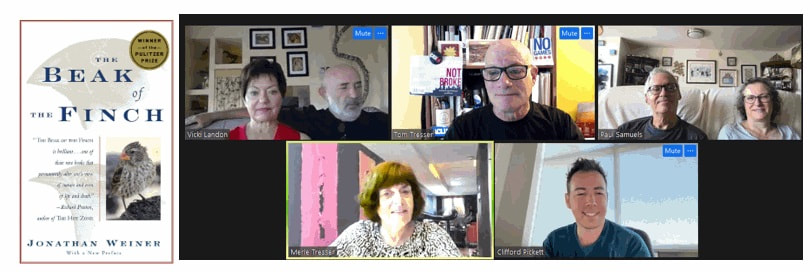



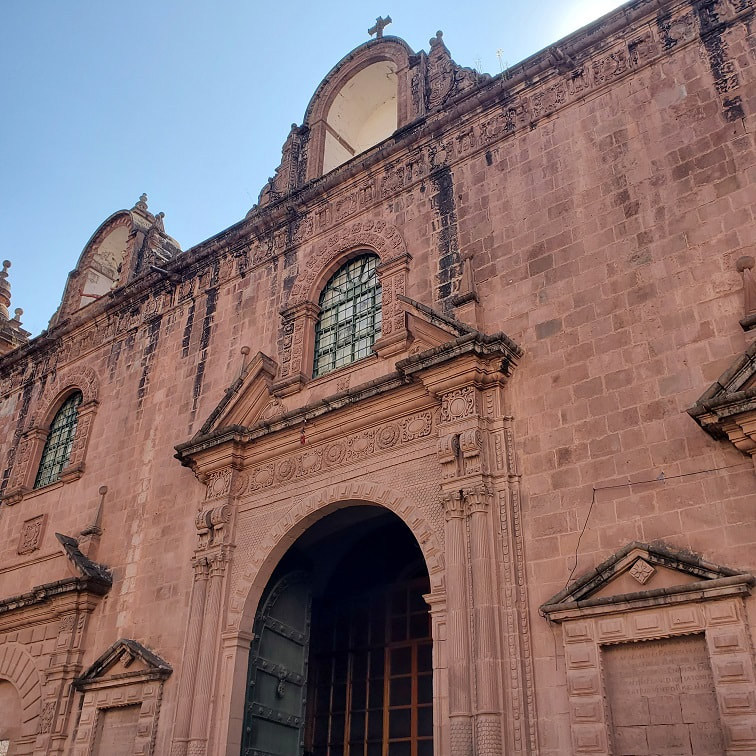



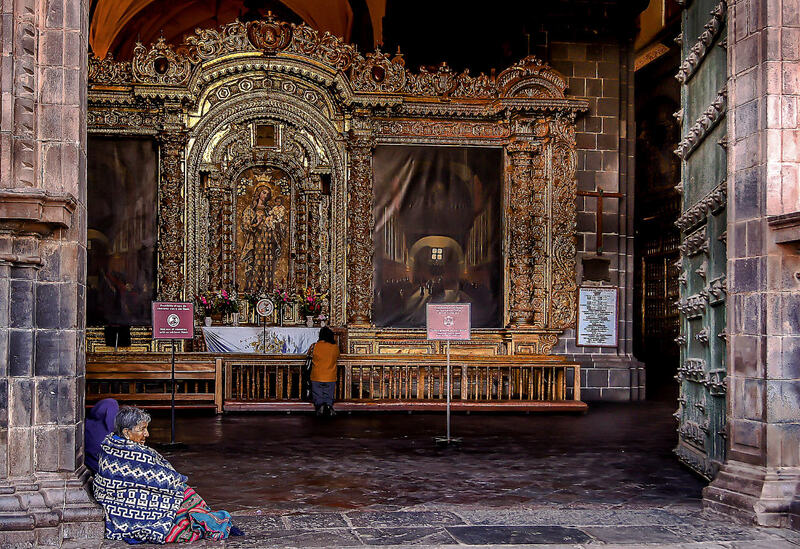





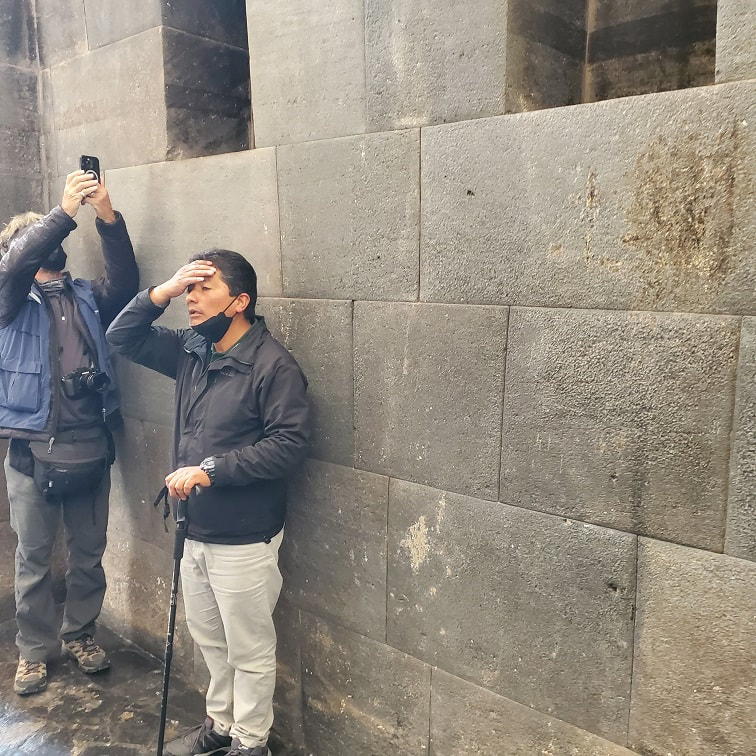








































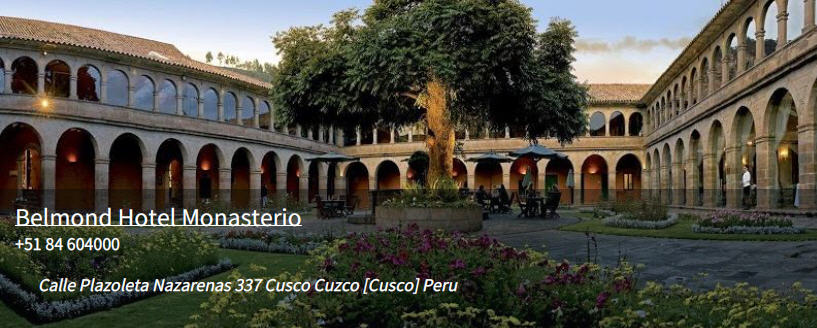




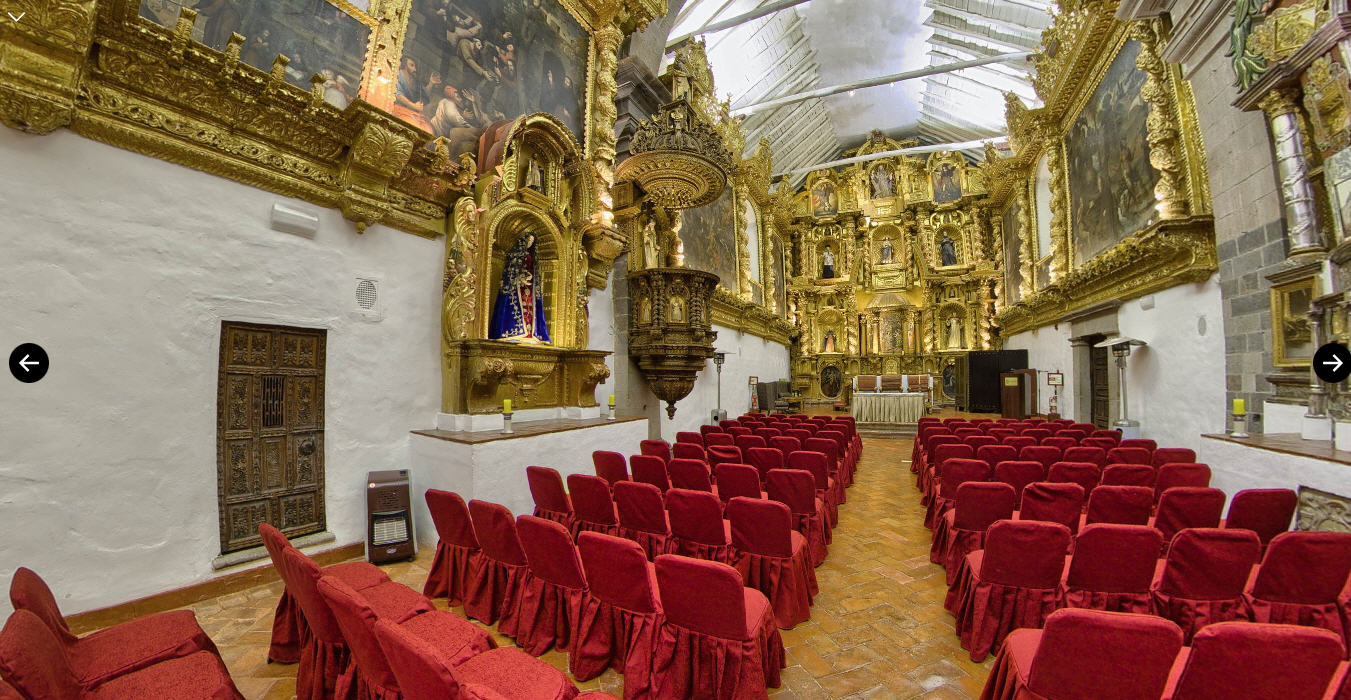
















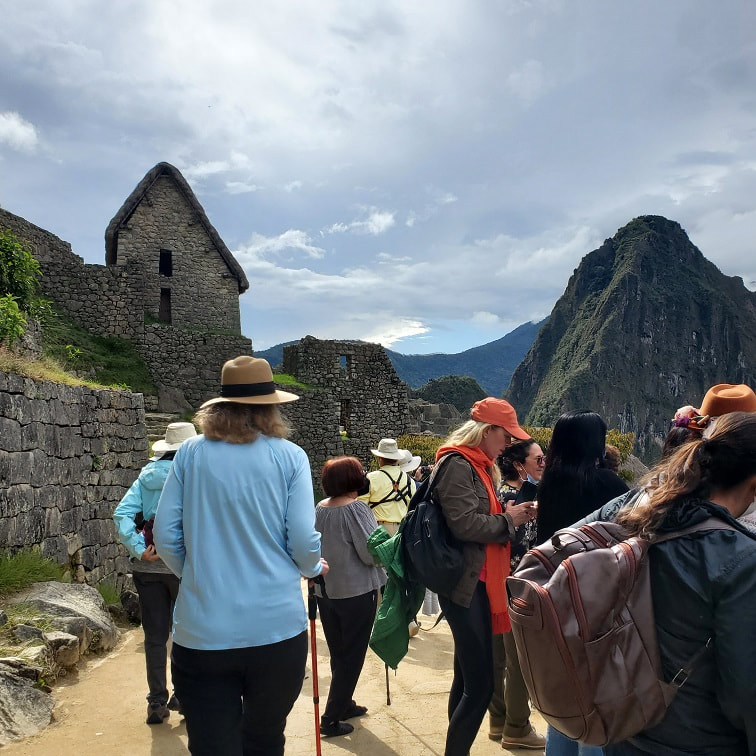










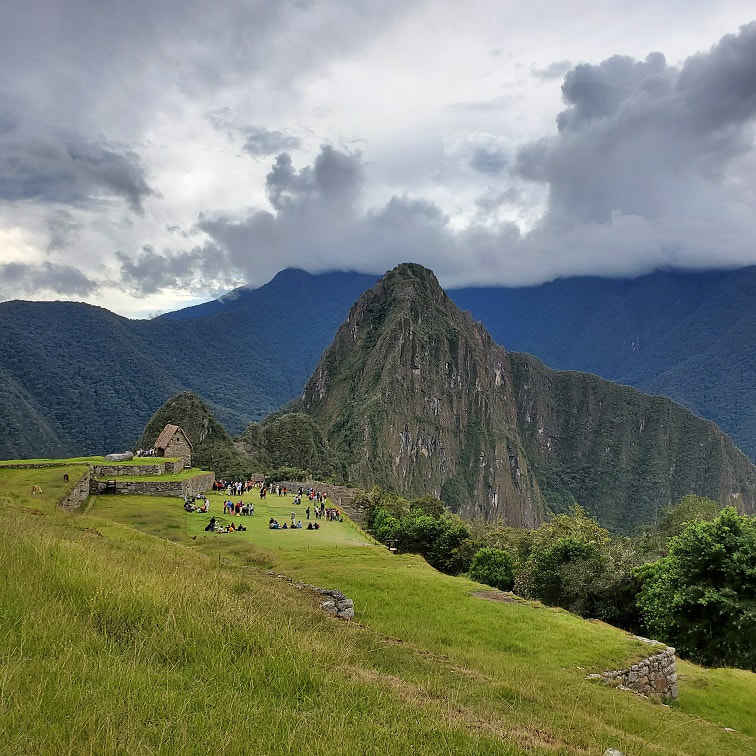











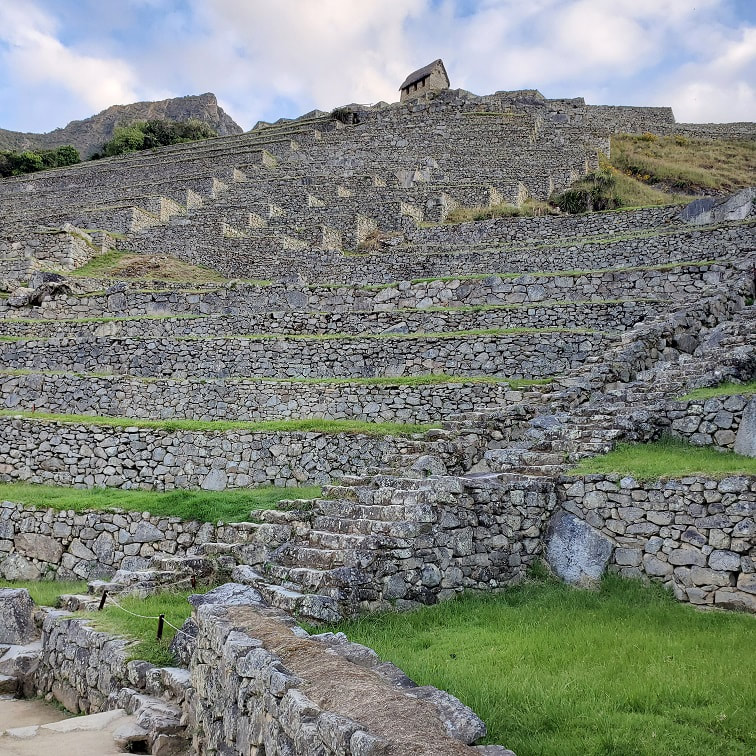





























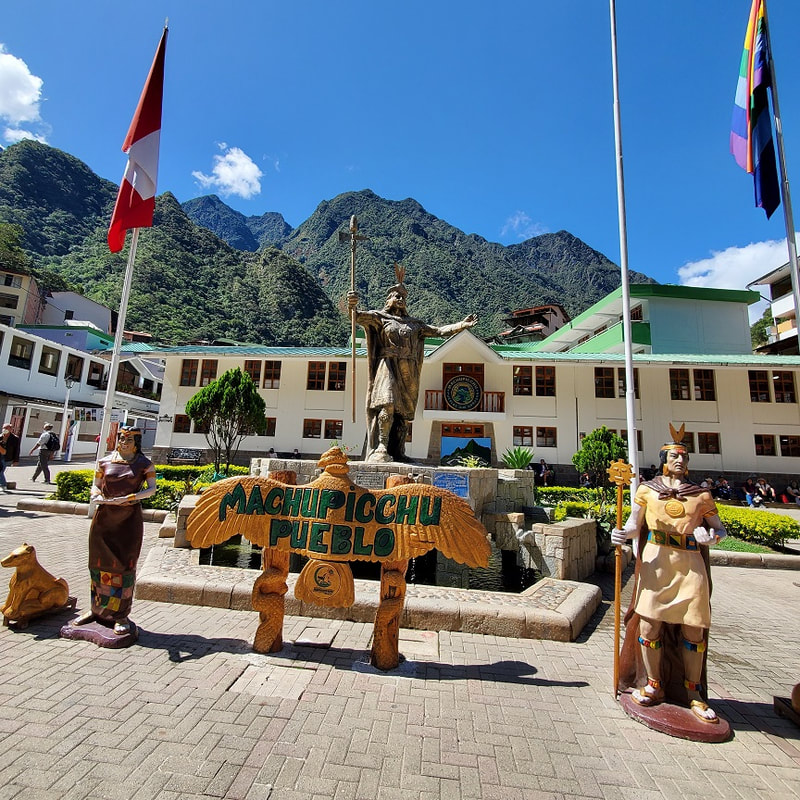



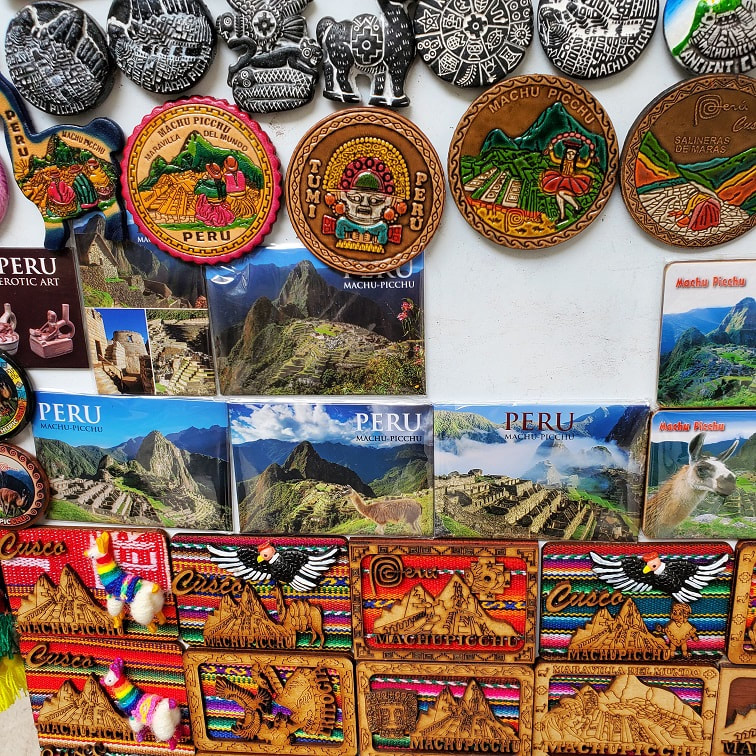

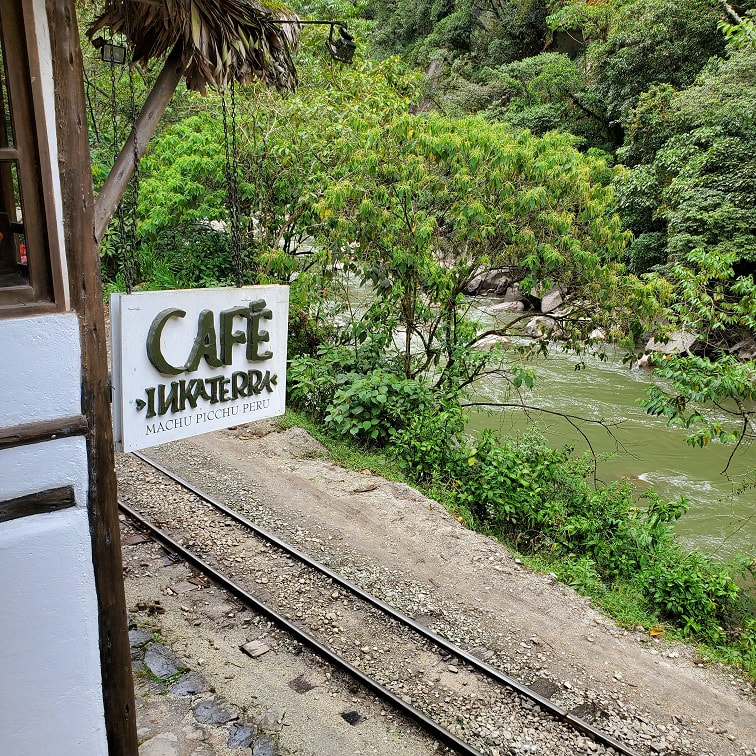












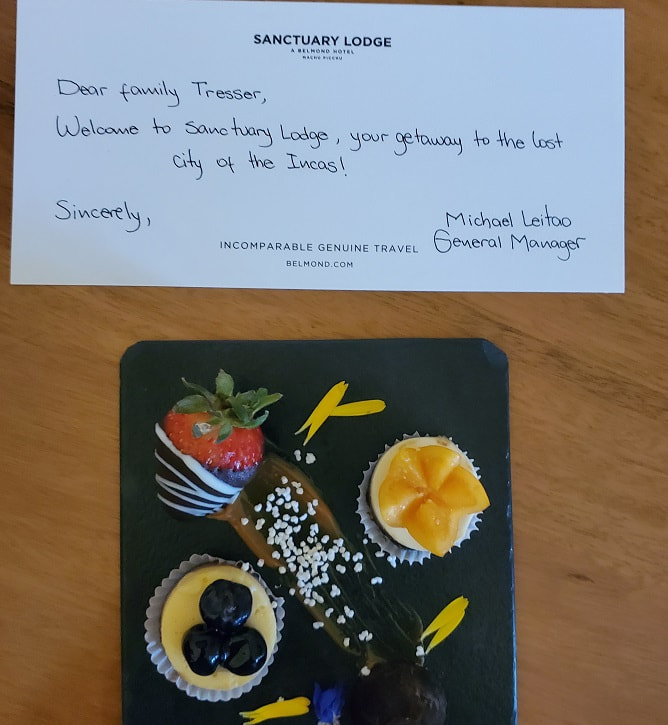




















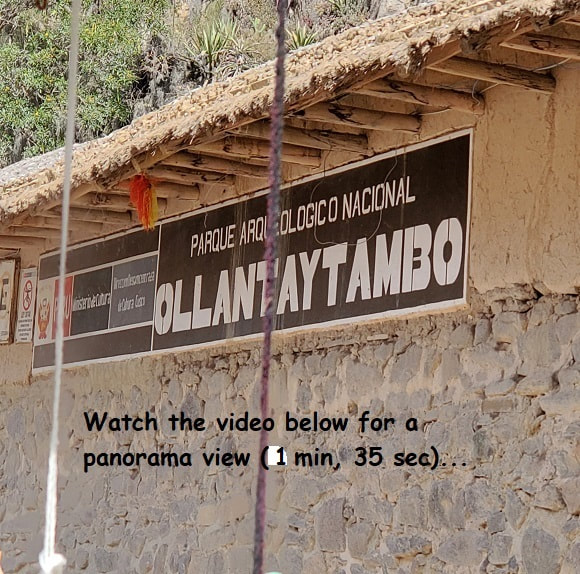



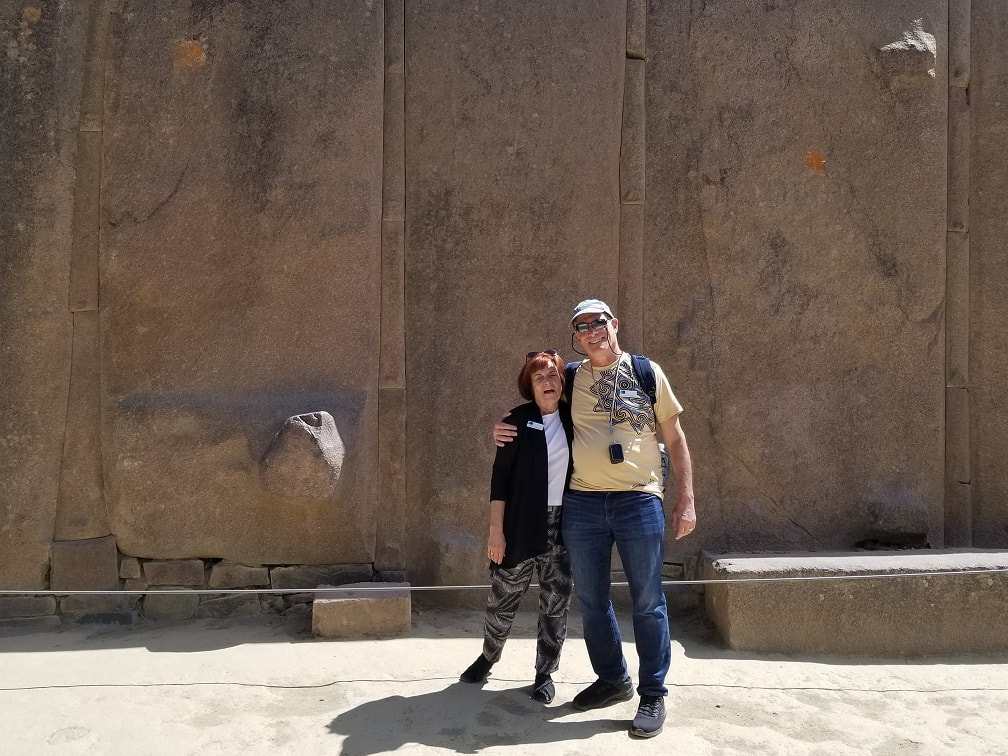
















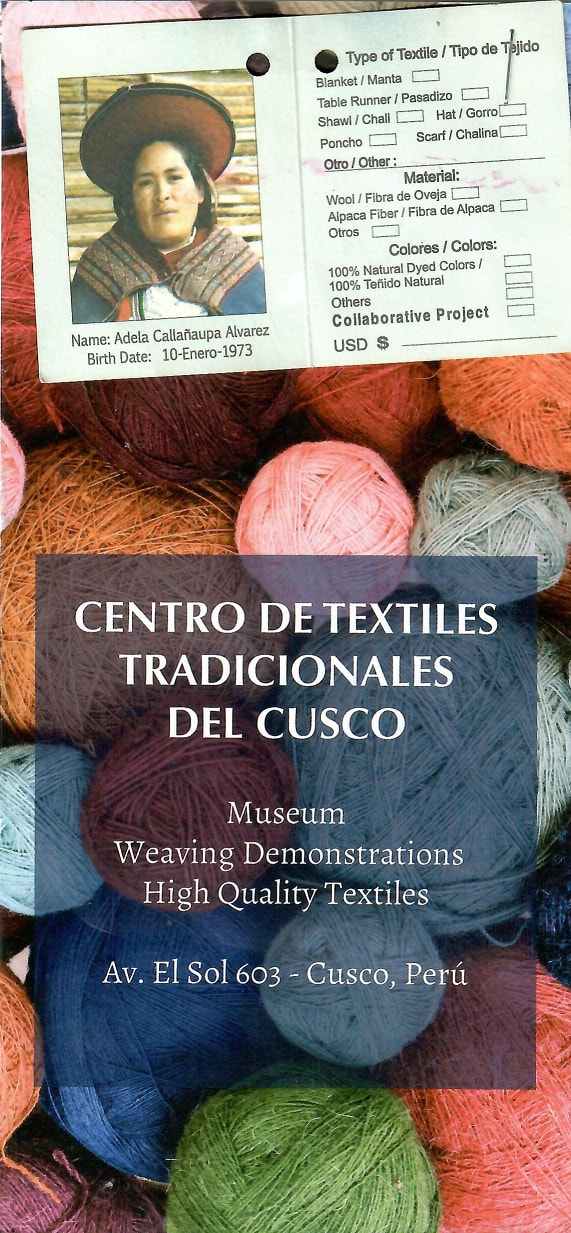


















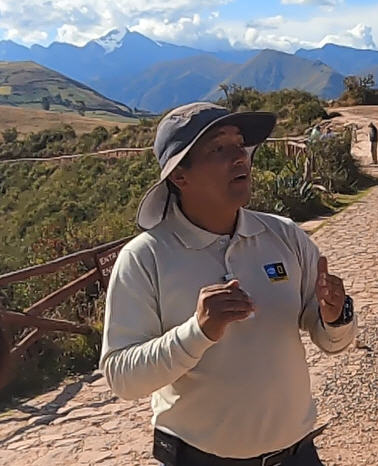






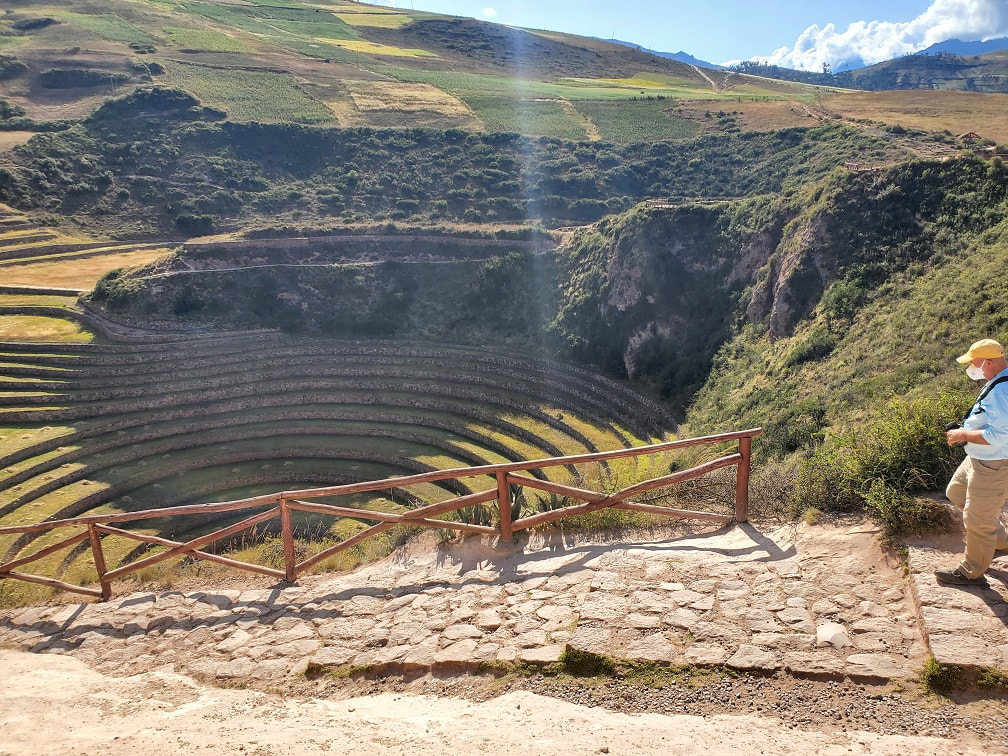


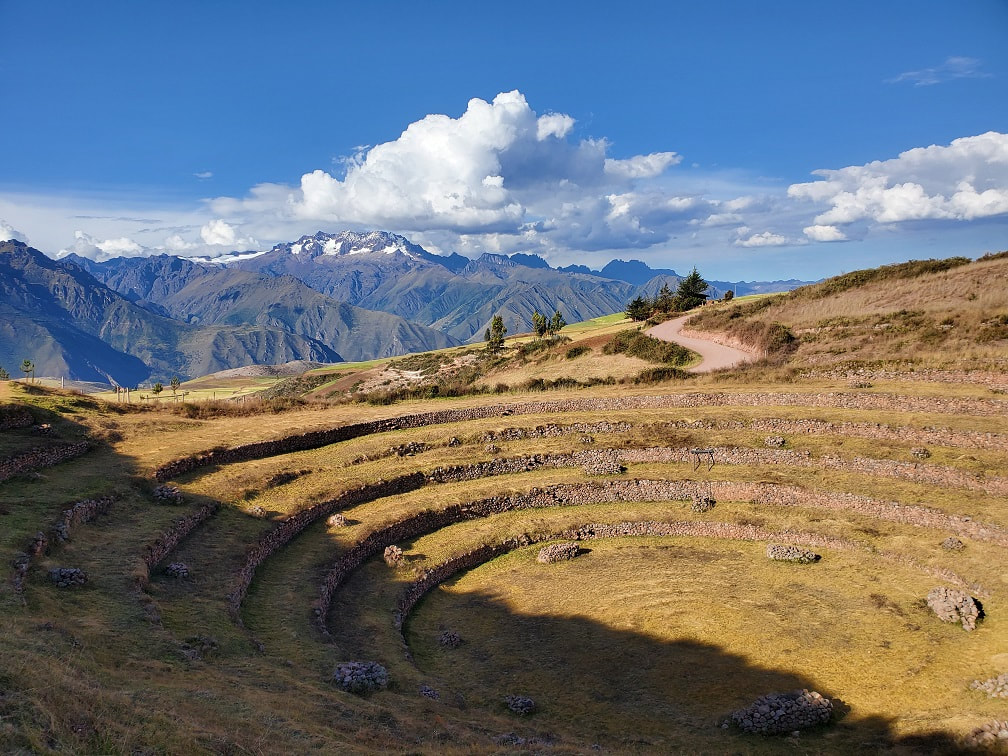

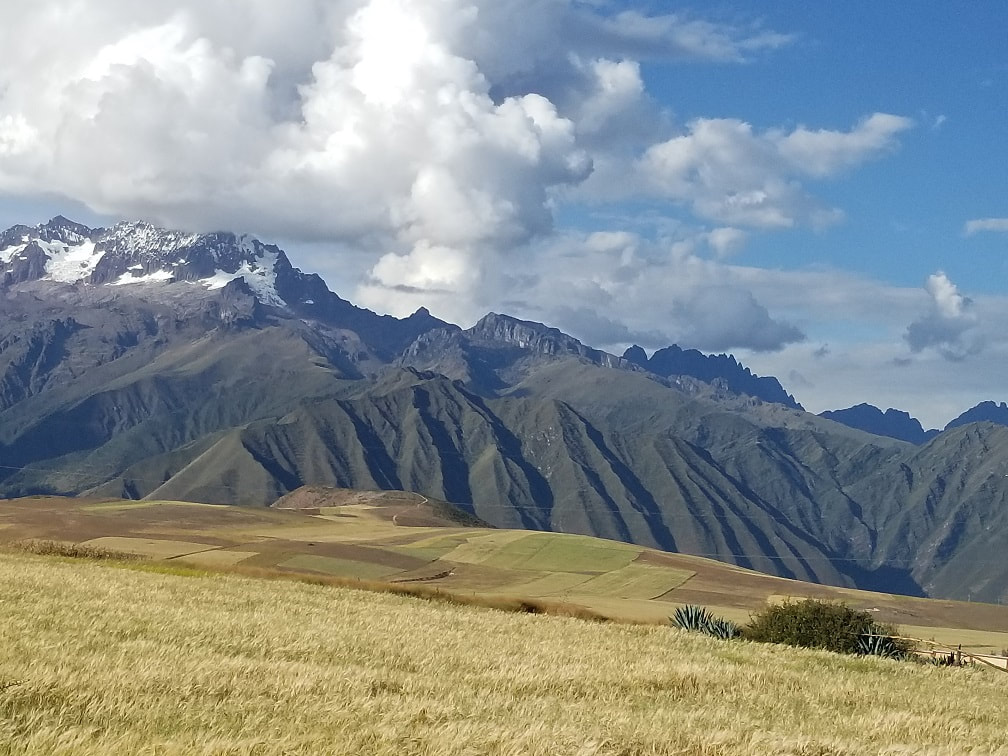





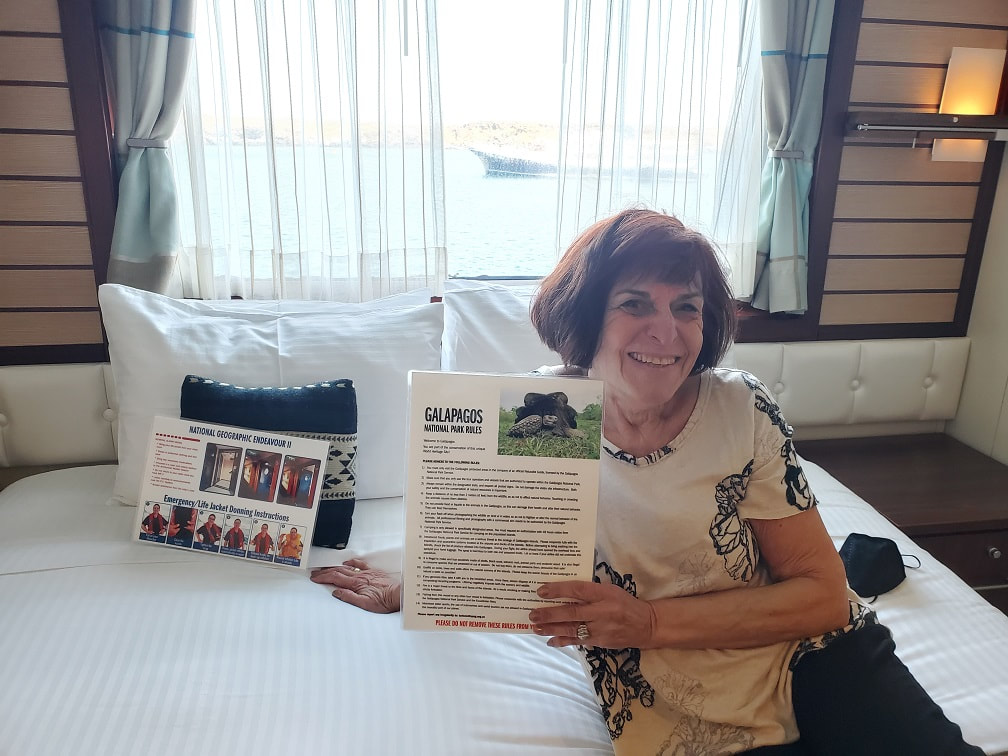

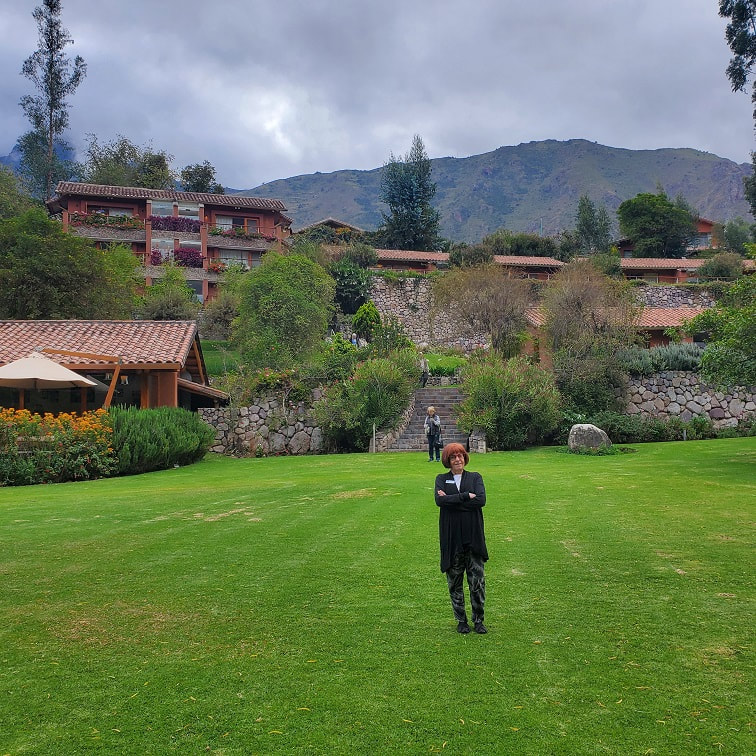





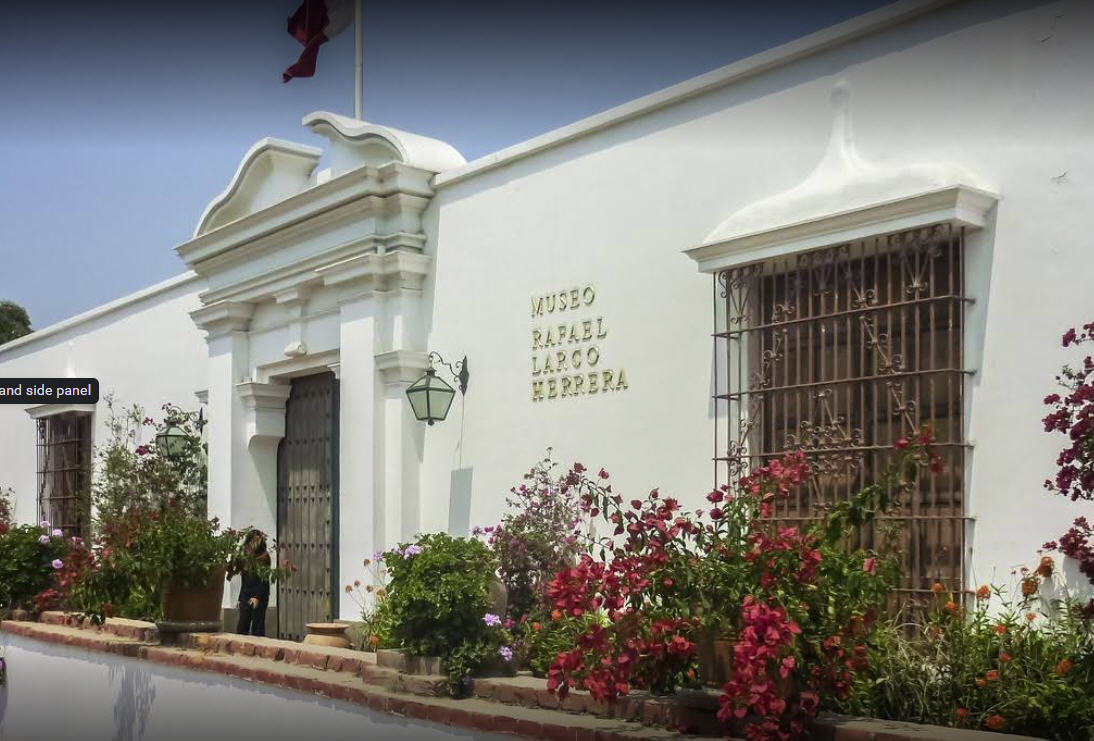










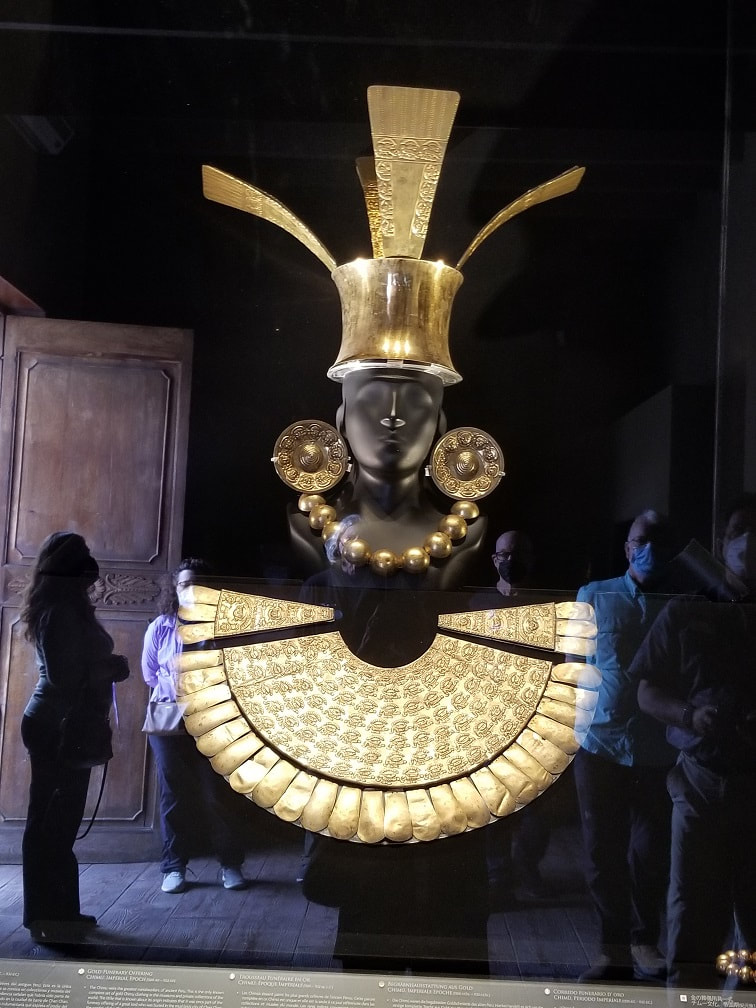



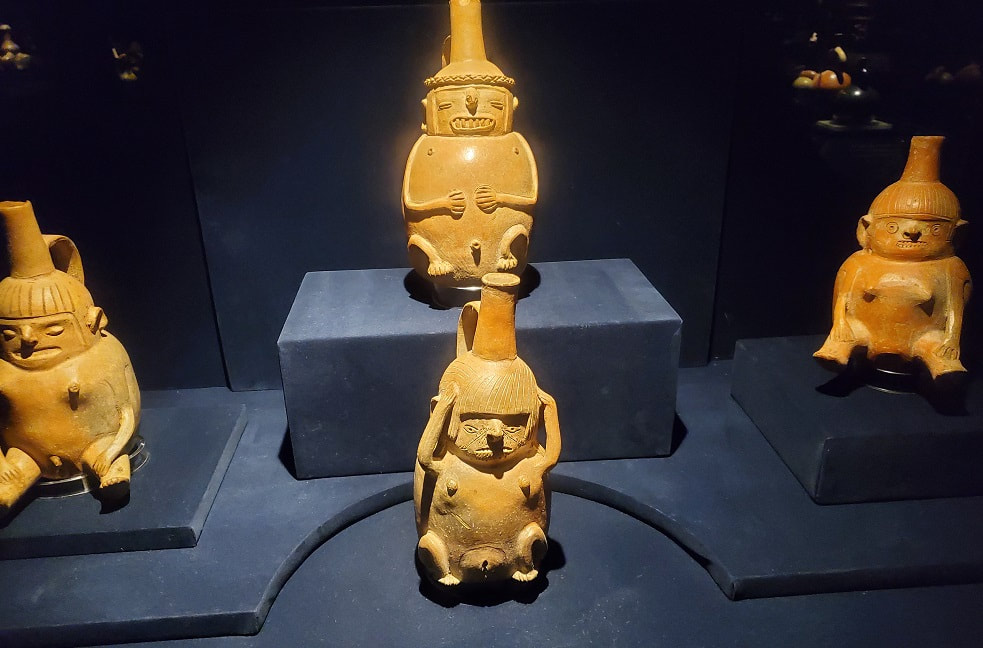
















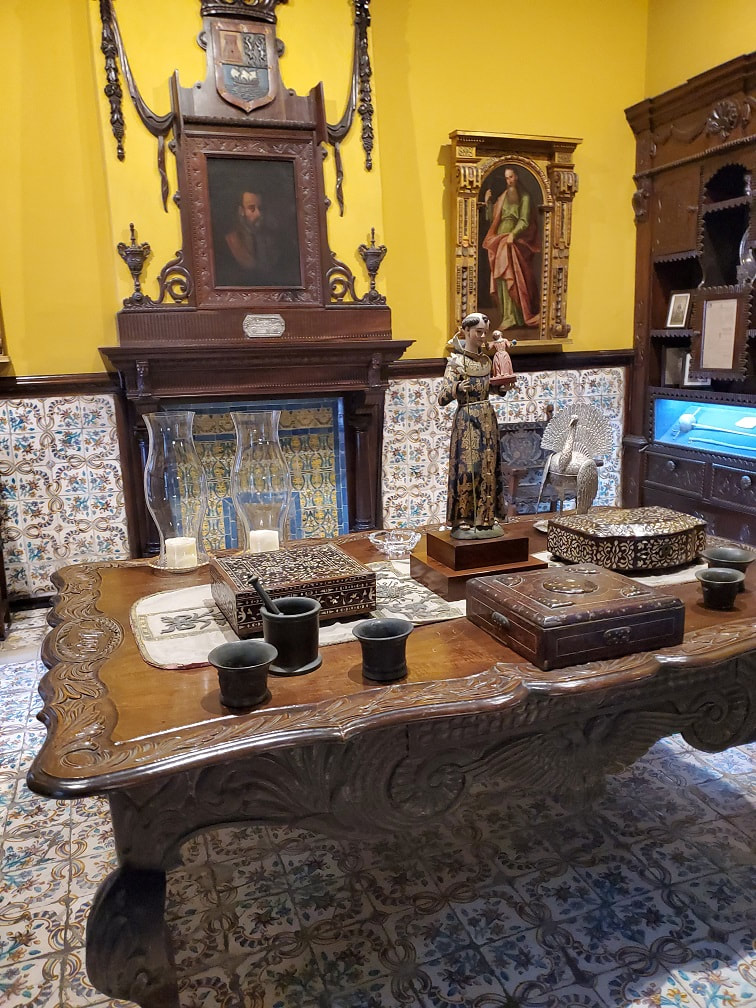












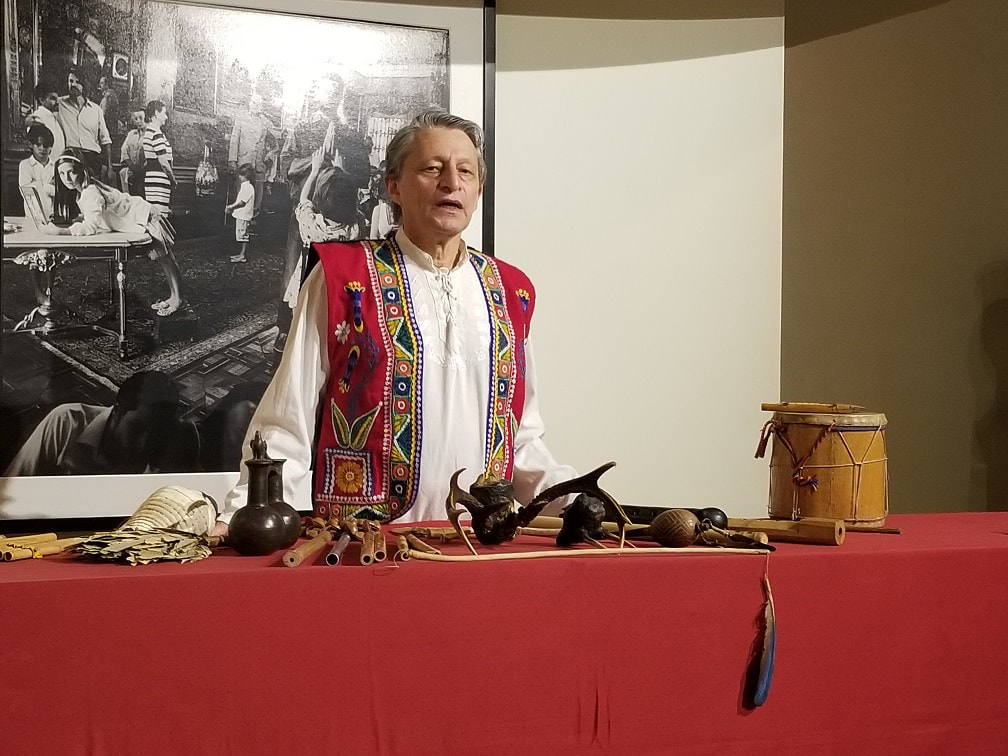

 RSS Feed
RSS Feed